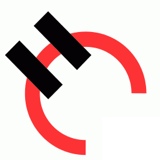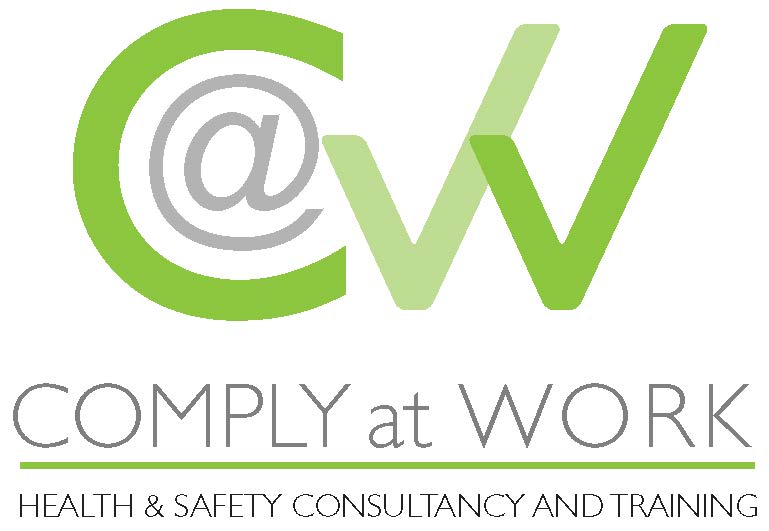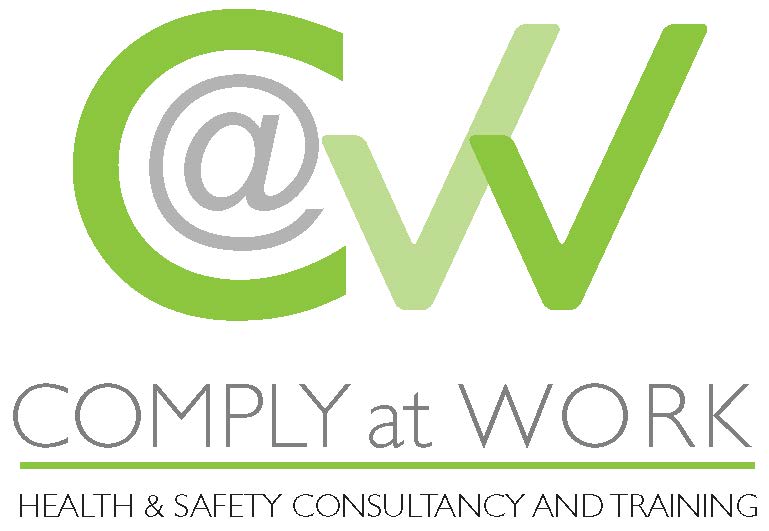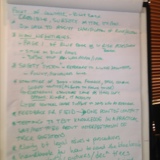Information
-
Audit Title
-
Document No.
-
Client / Site
-
Conducted on
-
Prepared by
-
Location
-
Personnel
3.0 Scope
3.0.1
-
Has the scope of this element been defined by the Group Company? I.e. does the application of this element cover all of the activities of the group Company or has a decision been made to restrict its application
3.0.2
-
Have these activities/locations been included in the application of this element<br>
-
Are there any exemptions?
4.0 Accountability
4.0.1
-
Is there a process in place for formally appointing a person or persons other than CEO to be accountable to implement and maintain each requirement<br>
-
Has a person or persons other than the CEO been assigned accountability for implementing and maintaining each requirement of this FPE?
4.1 Hazard identification risk assessment and control
4.1.1
-
Is there a process in place to survey all routine tasks where a potential drowning hazard exists?<br>
-
Does the survey of these routine tasks require the identification of:<br>• The type of work activities performed;<br>• Each occupation including activities of contractors authorized to perform those work activities.<br>
-
Is there an Assessment of the risks involved and the control measures to be applied for each identified risk of drowning? (Block 3 OHS Pyramid)
4.1.2
-
Is there a process in place to develop and implement specific safe work procedures for hazardous tasks involving working near water?<br>
-
Have, as a minimum, the following procedures been developed:<br>• Berthing and slipping of vessels<br>• Loading and unloading of boats and vessels<br>• Refuelling of dredges, boats and vessels<br>• Working near openings to bulk storage tanks containing liquids?
4.1.3
-
Is there a process in place to identify jobs not covered by safe work procedures for hazardous tasks working near water?
-
Is there a Process in place to subject these jobs, once identified to a task/job safety analysis?
4.1.4
-
Is there a process in place to undertake a formal risk assessment prior to the implementation of any changes or modifications to equipment, infrastructure and/or work methods that may compromise the safety of personnel working near water?
4.2 Selection, Training, Competency and Authorisation
4.2.1
-
Is there a training and competency process in place? (Block 7 OHS Pyramid).<br>
-
Is there a training/competency analysis process in place for personnel (staff and Contractor) who work near water?<br>
-
Does the Process identify the 3 requirements of this section of the element?<br>
-
Is there a requirement to record the results of training and competency assessment?
4.2.2
-
Identification of local legal requirements for persons to operate a:<br>• Any dredge<br>• Boat<br>• Vessel<br>
-
Inclusion of local legal training/competency requirements into any group Company provided training/competency assessments.<br>
-
Is there a training/competency program/requirement in place for persons who operate any dredge, boat or vessel?<br>
-
Is there a process in place to authorise personnel to operate a dredge, boat or vessel
4.2.3
-
If applicable are working near water safety requirements are included in general induction?
4.3 Communication and awareness
4.3.1
-
Is there a process in place to provide awareness information and/or instruction on a regular basis to personnel who perform work near water?<br>
-
Does this include topics such as:<br>• Hazards present, which could cause personnel to fall into water or prevent them from maintaining buoyancy in the event they did fall into water.<br>• Safe work procedures applicable to their tasks / areas of work.<br>• Correct use of water safety / rescue equipment.<br>• Personal safety requirements for accessing dredges, boats/vessels or areas near water?
4.4 Design, Purchase, Fabrication, Installation and Commissioning
4.4.1
-
Is there a process in place to establish purchasing specifications for:<br>• Types of buoyancy vests<br>• Life rings and any other floatation device used for rescue in water. In the case of life rings these devices must be fitted with a lanyard in order to recover the device.<br>
-
Are these requirements at least equal to local laws/regulations
4.4.2
-
Is there a process in place to establish that boats, vessels and pontoons used for working on water are:<br> <br>• Appropriate for the tasks to be performed<br> <br>• Suited to the expected conditions<br> <br>• able to maintain suitable stability and watertight integrity in all conditions<br> <br>
-
Expect to find reference to manufactures specifications. Verification that vessel complies with local laws/regulations for intended use.<br>
-
Checklist or specification for each intended use and operating condition
4.4.3
-
Is there a process in place to design and commission facilities or structures near water or over water?<br>
-
Does it establish protection and prevention measures such as:<br>• Edge protection and handrails<br>• Installation of rescue equipment<br>• Fall restraint or fall protection<br>• Gangways, walkways and work platforms?<br>• Demarcation of restricted areas to limit access to work areas near water
4.5 Work method and condition control
4.5.1
-
Is there a Process in place to ensure that all persons working near water are protected during their work?<br>
-
Does it require that these persons must:<br>• Wear an approved flotation device that is rated to support their body weight.<br>• Conduct pre wear checks on flotation devices prior to use.<br>• Inspect all gangways, platforms, working structures, and ladders before use.<br>• Wear approved head protection.<br>• Take safety precautions specific to the conditions of the water<br>• Temperature<br>• Embankment access (slips, falls)<br>• Biological hazards<br>• Current, wave action<br>• Agree a means of maintaining a regular communication with their supervisor or sentry?<br>
4.6 Maintenance
4.6.1
-
Is there a maintenance process in place for:<br>• Flotation devices<br>• Gangways and access walkways on jetties or over water
4.7 Emergency control
4.7.1
-
Is there a process in place to train First Aiders in cold water immersion first aid if and when this is applicable?
4.7.2
-
Is there a process to ensure that all ocean-going boats/vessels have appropriate safety equipment on board at all times?<br>
-
Ie for each vessel is there a register of safety equipment which must be onboard and operational<br>
-
Compliance requirements for local laws/regulations
4.7.3
-
Is there a process in place for Man Overboard emergency situations?<br>Does it include:<br>• Emergency signals to raise the alarm:<br>• Cessation of excavation or pumping; and<br>• Means to recover personnel from the water.<br>
4.7.4
-
Is there a system in place to identify tasks where a sentry is necessary?
-
Is there a system in place train personnel in sentry procedure?
4.8 Monitoring, inspection and audits
4.8.1
-
Is there a system in place to ensure task/safety observations are carried out at regular intervals on all work activities performed near water to ensure safety requirements are being applied correctly?
-
Check the quality of completed observations. Are they at the expected standard?
4.8.2
-
Is there a system in place to ensure that inspection of the following equipment is performed at monthly intervals:<br>• Flotation devices (buoyancy vests, life jackets, life rings)<br>• Gangways and access walkways on jetties or over water?
4.8.3
-
Is there a system in place to ensure annual audits that verify the quality and effectiveness of the requirements of this element are scheduled and conducted?
4.9 Reporting, assessment and corrective actions
4.9.1
-
Is there a hazard/incident reporting system in place that addresses:<br>• Actions required to remove and/or destroy unsafe equipment (buoyancy vests, life rings).<br>• Actions taken to correct damaged or defective structures (gangways, work platforms etc).<br>• Actions taken to correct or improve unsafe practices.<br>• The recording of actions taken to correct the hazard or defect?
Conclusion and auditor's comments
-
Date of audit completed
-
Signature of auditor
-
Date of auditor's signature
-
Signature of auditee
-
Date of auditee's signature


















